Houseplants expect proper light, moisture, nutrients, sanitation, temperature
Growing Healthy Houseplants by Ellen Zachos appears as a 2014-released publication for readers of the Storey Basics Series of Books for Self-Reliance.
Imagery and information bring indoor gardeners means, motives, and opportunities to:
• choose the right plant;
• control pests; and
• water wisely.
The attractive, portable book configures convenient organization through:
• one-page table of contents;
• three-page preface on phytoremediating needs for decorative, environment-balancing, homey, humidity-absorbing, oxygen-releasing houseplants;
• four-page introduction on scientific classification of subtropical and tropical plants into genus by hybrid or by species and cultivar;
• 27-page part on fertilizers, light, potting mixes, and watering;
• 47-page part on controlling diseases and pests, propagating, pruning, and repotting;
• 40-page part on flowering, foliage, succulent, and woody decision-making; and
• three-page index.
*****
Website: http://storey.com/
*****


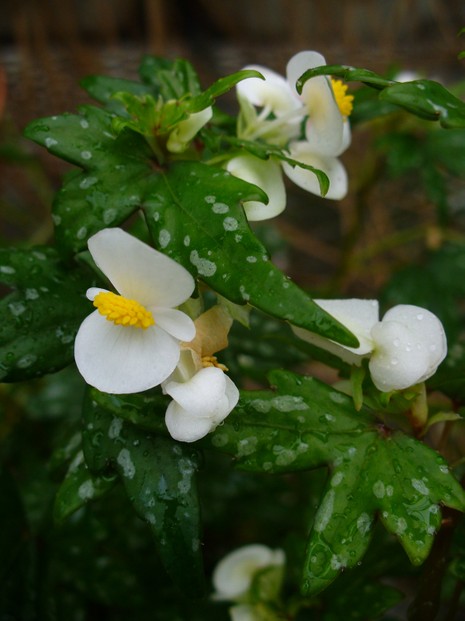
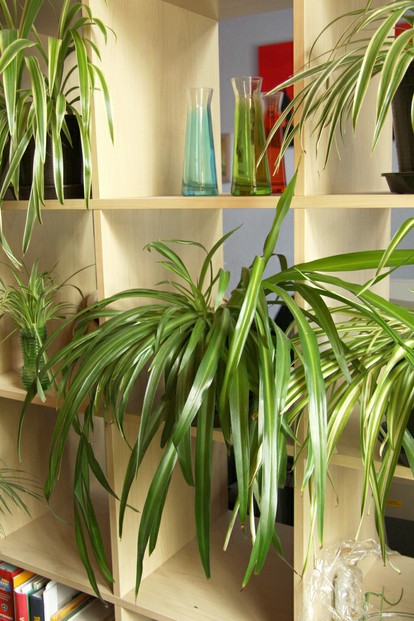
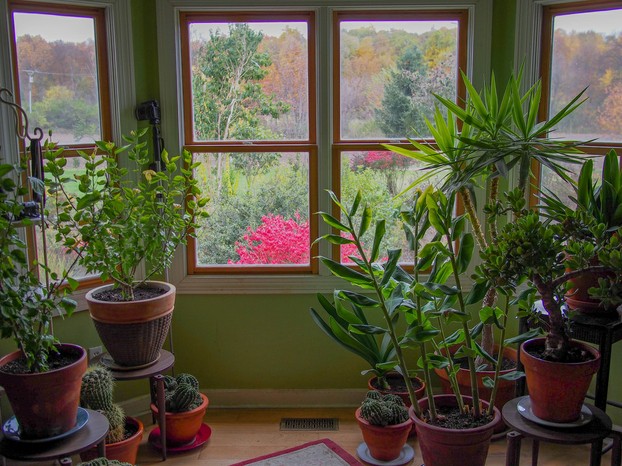
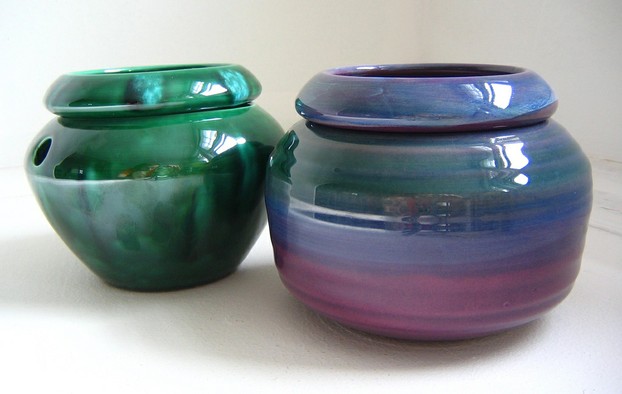
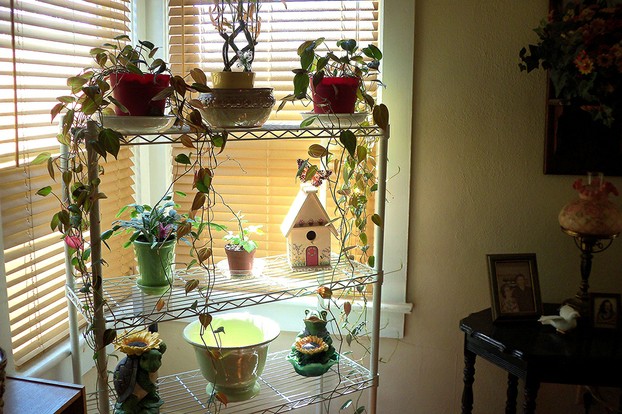


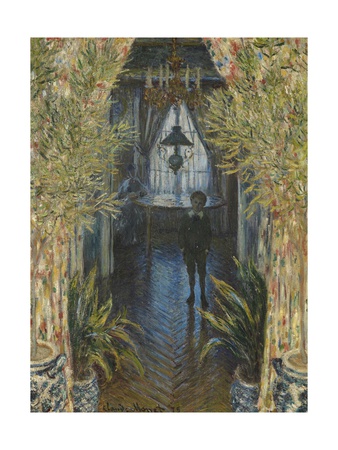

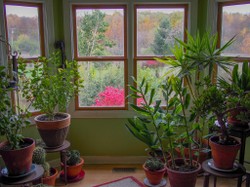

 Are Hawaiian Huakai Po Nightmarchers Avenging Halloween Thursday?on 10/02/2024
Are Hawaiian Huakai Po Nightmarchers Avenging Halloween Thursday?on 10/02/2024
 Mailing Addresses for 2023 Form 4868 Extending 1040 and 1040SR April 15, 2024, Due Dateon 04/15/2024
Mailing Addresses for 2023 Form 4868 Extending 1040 and 1040SR April 15, 2024, Due Dateon 04/15/2024
 Mailing Addresses for 2023 Forms 1040 and 1040SR Filed in 2024on 04/15/2024
Mailing Addresses for 2023 Forms 1040 and 1040SR Filed in 2024on 04/15/2024
 Mailing Addresses for 2022 Form 4868 Extending 1040 and 1040SR April 18, 2023, Due Dateon 04/13/2023
Mailing Addresses for 2022 Form 4868 Extending 1040 and 1040SR April 18, 2023, Due Dateon 04/13/2023


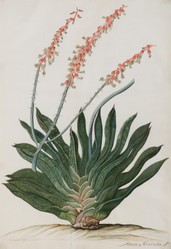
Comments
Accurate, aesthetic, appropriate allies, ambiances, lighting, moisture, nutrients, potting, sanitation, soil and temperature accord with attractive houseplants.
And yet damaged, dead, diseased, dying plant parts sometimes afflict houseplants accommodated accurately and aesthetically.
What to do?
Some Unitedstatesians locate them for trash collection.
Damaged, dead, diseased, dying plant parts from my houseplants merit the fire pit, which nurtures surrounding grasses!
Among my many favorite suggestions from this helpful book are the self-watering product lines.
Houseplanted philodendrons, in line with author Ellen Zachos' observation, prettify and proliferate prettily in self-watering pots.
And what would be something wonderful about working with self-watering pot-wending philodendrons (and other plants ;-D)?
One wonder would be correct water intakes without worries about clumsy spills or incorrect quantities!
The computer crashed before I could convey another component to my observations in the comment box immediately below.
Do indoor plant-loving plantophiles remember their driveways and sidewalks for indoor plants outdoors-ing it during daylight hours? I line some plants all along both sidewalk sides.
The driveway meeting with the garage front might look nice with houseplants outdoors-ing it during daytime hours even as that meeting must allow movement, human- and animal-sentient-wise!
My houseplants are doing well even as spring, summer, fall weather 2024 counts more overcast and rainy than sunny days.
All my houseplants delight in their counter, hanging and windowsill domiciles.
Do those plantophiles such as happynutritionist domicile mainly if not all outdoor plants because of more shade than sun?
Shaded indoors and outdoors from overcast, rainy skies exact extracting indoor plants to temporary daytime existences along the four house sides and along the garage front..
Sufficient unto the day is the outdoored houseplant thereof!
Mira, it generally is a case of wintertime dormancy.
But sometimes it may involve getting used to an environment whose conditions are not quite right since all plants respond to certain ranges in heat, light, moisture, and ventilation.
Or it may relate to houseplant-lovers who do not realize that the symptoms of over-watering can be the same as those of under-watering in terms of indoor cultivation.
Or even sometimes it may result from not being talked to enough by the plant's caregivers! ;-] !
Yes, I have heard stories of plants that seem to die down, only to find strength after a few months. I didn't realize it was this phenomenon of wintertime dormancy.
Mira, Yes, the self-watering pots indeed look good, and they work just as well!
There appear to be any number of common names for Chlorophytum comosum even though houseplant-lovers in the U.S.A. almost entirely settle upon spider plant! The plantlets with adventitiously rooted new growths look to some like spiders hanging by web threads and to others like airplanes or a hen with chickens.
The need for a winter-time is something that some houseplant-lovers do not know or understand. For example, the Christmas poinsettia needs winter-time and therefore seems to die down after the showy December colors of its bracts. But the beautiful perennial in question does not have to be discarded -- as so many holiday celebrants do -- since keeping it in a cool, dark place for a couple of months leads to new growth, re-flowering, and re-showing of its prominent bracts (which surround its inconspicuously light-colored, tiny-sized blooms).
I didn't know those were called spider plants. I've seen them in many places.
I never stopped to think that some plants may need wintertime.
Those self-watering pots look really good, by the way.
HappyNutritionist, Everywhere I look I like to see plants, indoors and outdoors, in light and in shade.
Sometimes, shade garden plants do well indoors and sometimes they don't. It helps to maximize any reflected light possibilities by having light-colored blinds, drapes, and walls.
What houseplants are the ones that are struggling along enough to be kept?
Sadly, we have a lot growing outside, and a lot of shade and there is not enough sun for houseplants here. I have a few, but they struggle along.